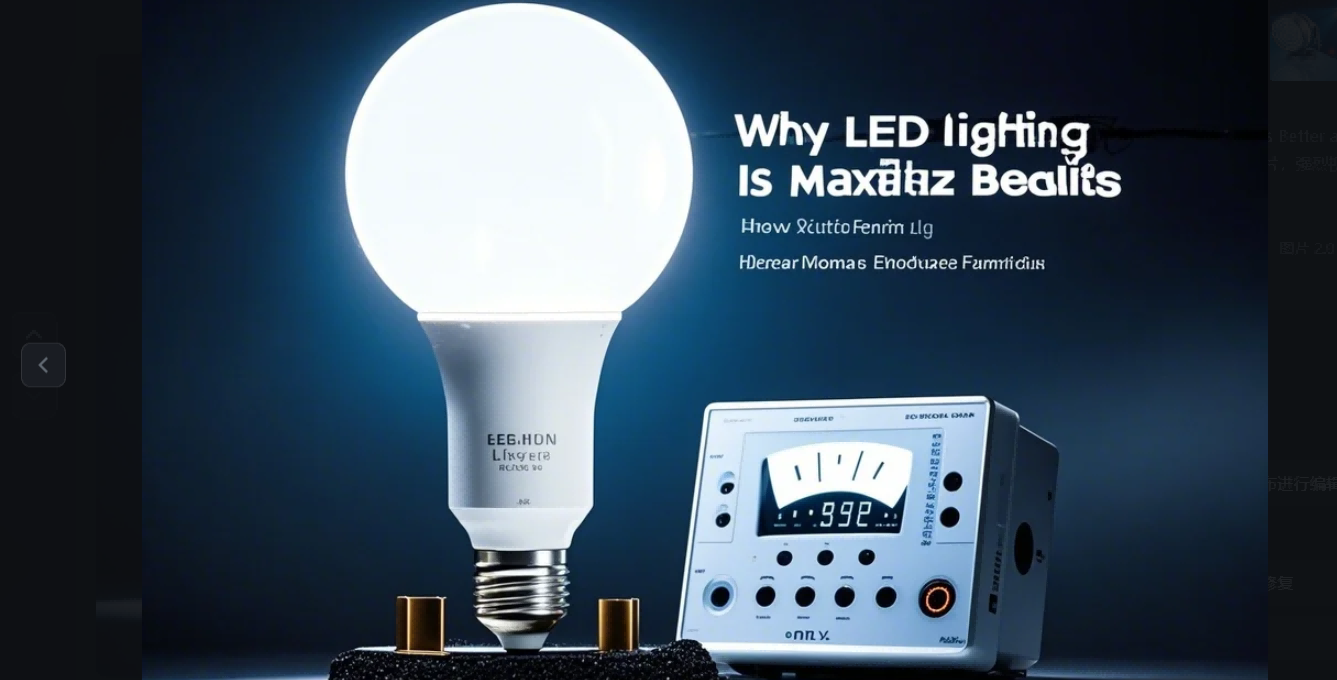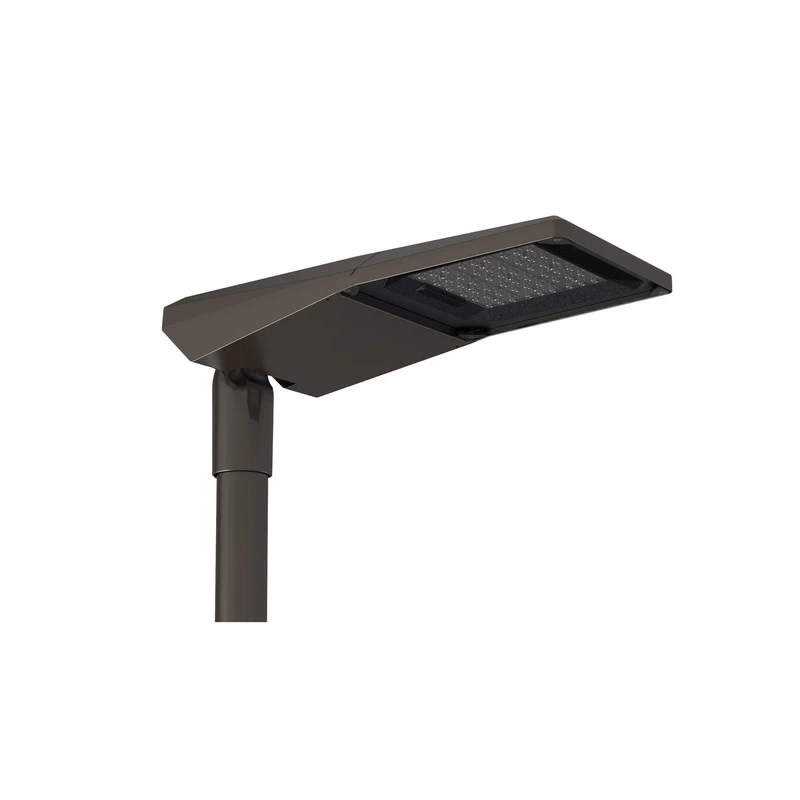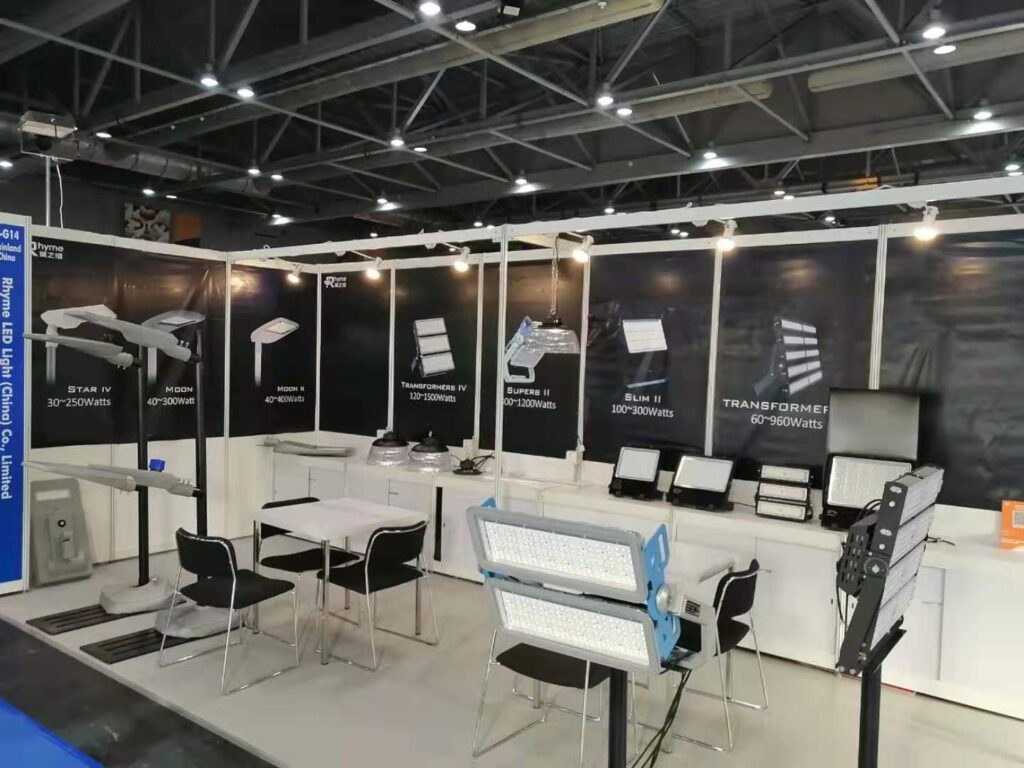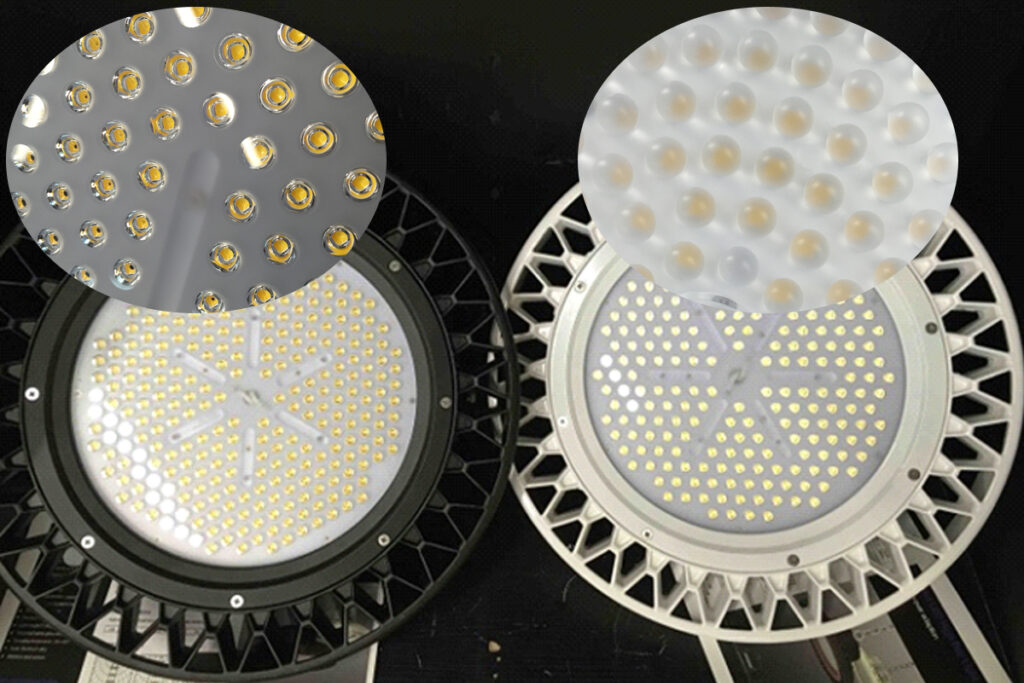LED-Beleuchtung - Leitfaden für Käufer: Warum LED-Beleuchtung besser ist und wie man ihre Vorteile maximiert
1. Einleitung: Warum heute auf LED-Beleuchtung umsteigen?
LED-Beleuchtung hat sich weltweit als nachhaltige, kostengünstige und vielseitige Lösung für verschiedene Anwendungen durchgesetzt. Ob im Wohnbereich, in der Industrie oder im Gewerbe, LED-Beleuchtung bietet unübertroffene Effizienz und Haltbarkeit.
In diesem Leitfaden werden wir uns mit folgenden Themen befassen warum LED-Beleuchtung besser ist. Wir werden die Vorteile, den Stromverbrauch und die Nachhaltigkeit diskutieren. Wir werden auch Themen behandeln wie wie man LED-Leuchten recycelt und Wie viel Strom verbraucht eine LED-Leuchte?. Bei den Lösungen für die Industrie werden wir folgende Punkte hervorheben Die innovativen Produkte von LedRhythm und ihre branchenübergreifenden Anwendungen.
2. Was sind LED-Glühbirnen?

LED-Glühbirnen(Leuchtdioden) stellen einen bahnbrechenden Wandel in der Beleuchtungstechnologie dar. Im Gegensatz zu herkömmlichen Glühbirnen oder Kompaktleuchtstofflampen bieten LEDs eine hohe Energieeffizienz, eine lange Lebensdauer und geringe Wärmeemissionen.
Hauptmerkmale von LED-Glühbirnen
FeatureDescriptionEnergie-EffizienzVerbraucht 75% weniger Energie als Glühbirnen.DauerhaftigkeitSchockresistent und für extreme Umgebungen konzipiert.UmweltfreundlichkeitRecycelbar und frei von gefährlichen Stoffen.
Weitere technische Informationen finden Sie unter LedRhythm's Nachrichtenbereich.
3. Warum ist LED-Beleuchtung besser? Vorteile der LED-Beleuchtung
Umschalten auf LED-Beleuchtung bietet zahlreiche Vorteile gegenüber herkömmlichen Beleuchtungsoptionen. Hier ein detaillierter Blick auf Warum sind LED-Leuchten besser?:
3.1 Überlegene Energie-Effizienz
Wie viel Strom verbraucht eine LED-Leuchte? LEDs verbrauchen nur einen Bruchteil der Energie, die eine Glühbirne benötigt. Eine LED-Glühbirne mit einer Helligkeit, die einer 60-W-Glühbirne entspricht, verbraucht zum Beispiel nur 10 Watt.
3.2 Kosteneinsparungen
Umschalten auf LED-Glühbirnen können Haushalte und Unternehmen jährlich Hunderte von Dollar an Energiekosten sparen. Erfahren Sie mehr über das Einsparpotenzial auf Das Blog von LedRhythm.
3.3 Umweltfreundliches Design
Im Gegensatz zu CFLs, die Quecksilber enthalten, LED-Glühbirnen sind sicher zu entsorgen und leichter zu recyceln. Neugierig wie man LED-Leuchten recycelt? Sie können viele Komponenten wiederverwenden, z. B. Metall und Kunststoff.
3.4 Helligkeit und Langlebigkeit
Warum sind LEDs so hell? Das von den LEDs ausgestrahlte gerichtete Licht sorgt für eine maximale Beleuchtungseffizienz. Dank ihrer Langlebigkeit eignen sie sich auch für extreme Bedingungen, wie z. B. in der Industrie oder auf Sportplätzen.
3.5 Vielseitigkeit
LEDs gibt es in vielen Ausführungen. Sie reichen von Glühbirnen mit geringer Wärmeentwicklung bis hin zu starken Industrieleuchten. Dadurch sind sie für verschiedene Zwecke geeignet.
Für mehr Informationen über LED-Beleuchtungslösungen für den industriellen Einsatzsehen Sie sich die LedRhythm Produktpalette.
4. Wie viel Strom verbraucht eine LED-Leuchte? LED-Energieeffizienz verstehen

LED-Lampen sind die energieeffizienteste Beleuchtungsoption, die es heute gibt. Hier ein Vergleich des Energieverbrauchs von LED-, CFL- und Glühbirnen:
Vergleich des Energieverbrauchs
| Art der Beleuchtung | Wattleistung | Lebensdauer (Stunden) | Jährliche Energienutzung |
|---|---|---|---|
| Glühbirnen | 60W | 1,200 | 328 kWh |
| CFL-Glühbirnen | 15W | 8,000 | 82 kWh |
| LED-Glühbirnen | 10W | 25,000 | 61 kWh |
Tipp: Möchten Sie noch mehr Energie sparen? Entdecken Sie Umstellung auf LED-Glühbirnen für Ihr gesamtes Haus oder Unternehmen.
Für Einzelheiten zu wie LED-Energieeinsparungen im Vergleichbesuchen Die Energie-Einsichten von LedRhythm.
5. LED-Lampen, die keine Wärme erzeugen: Warum das wichtig ist
Einer der Hauptvorteile der LED-Beleuchtung ist ihre geringe Wärmeabgabe. Das macht sie ideal für Umgebungen, in denen Glühbirnen mit geringer Wärmeentwicklung wesentlich sind, wie Küchen, Büros und Industrieanlagen.
Anwendungen von hitzebeständigen LED-Leuchten:
Industrielle Einstellungen: Verringert das Risiko der Überhitzung von Maschinen.
Sportanlagen: Sorgt für gleichbleibende Leistung bei hoher Beanspruchung.
Erfahren Sie mehr über LED-Beleuchtung für industrielle Anwendungen unter Das Produkt von LedRhythm .
6. Wie man eine LED-Lampe herstellt
Erstellen einer LED-Lampe beinhaltet den Zusammenbau wichtiger Komponenten wie LED-Chips, Leistungstreiber und Kühlkörper. Selbstbauprojekte sind zwar möglich, aber professionelle LED-Lampen wie die von LedRhythm bieten unübertroffene Zuverlässigkeit und Leistung.
7. Wie funktionieren LED-Lampen?
Eine LED-Lampe wandelt elektrische Energie mittels Halbleitern in Licht um. Dieser Prozess ist wesentlich effizienter als die Glühfadenbeleuchtung der Glühbirne.
| Merkmal | LED-Lampen | Glühbirnen |
|---|---|---|
| Energie-Effizienz | 90% effizient | Nur 10% effizient |
| Wärmeemission | Minimal | Bedeutend |
| Lebenserwartung | 25.000+ Stunden | 1.200 Stunden |
Für einen detaillierten Blick auf wie LED-Lampen funktionierenbesuchen Sie den News-Blog von LedRhythm.
8. LEDRhythm Produktreihe: Innovative Beleuchtungslösungen
LedRhythm ist ein führender Anbieter von hochwertigen LED-Lösungen. Ihre Produkte sind für die unterschiedlichsten Anforderungen konzipiert, von Industrieanlagen bis hin zu Sportplätzen.
Wichtigste Produktserie:
-
Diamant-Serie: Lichtstarke, langlebige Lösungen, ideal für Fabriken.
-
Schlanke Serie: Leicht und vielseitig für verschiedene Anwendungen.
-
Transformator Hochmastbeleuchtung: Maßgeschneidert für den großflächigen Einsatz im Freien.
Das gesamte Programm finden Sie unter Das Produkt von LedRhythm .
9. Warum Led-Licht wichtig ist: Der LED-Vorteil
Warum sind LED-Leuchten wichtig? Sie beleuchten Wohnungen, Arbeitsplätze und Städte und tragen so zu Sicherheit, Produktivität und Komfort bei. Mit LED-Beleuchtung und -Glühbirnen erreichen Sie diese Vorteile nachhaltig und kostengünstig.
Zusätzliche Vorteile der LED-Beleuchtung:
-
Geringerer Kohlenstoff-Fußabdruck.
-
Minimale Wartungsanforderungen.
-
Anpassbar an intelligente Beleuchtungssysteme.
Erfahren Sie, wie LED-Technologie beeinflusst die industrielle Beleuchtung unter LedRhythm's Nachrichten.
10. Schlussfolgerung: Nehmen Sie die LED-Revolution an
Die Umstellung auf LED-Beleuchtung ist mehr als eine Aufrüstung. Es ist eine Investition in Nachhaltigkeit, Geld sparen und bessere Leistung. LedRhythm bietet Produkte wie die Diamant-Serie und Schlanke Serie. Diese Produkte ermöglichen es Unternehmen, die Vorteile der LED-Beleuchtung.
Weitere technische Informationen finden Sie unter LedRhythm's Nachrichtenbereich.








